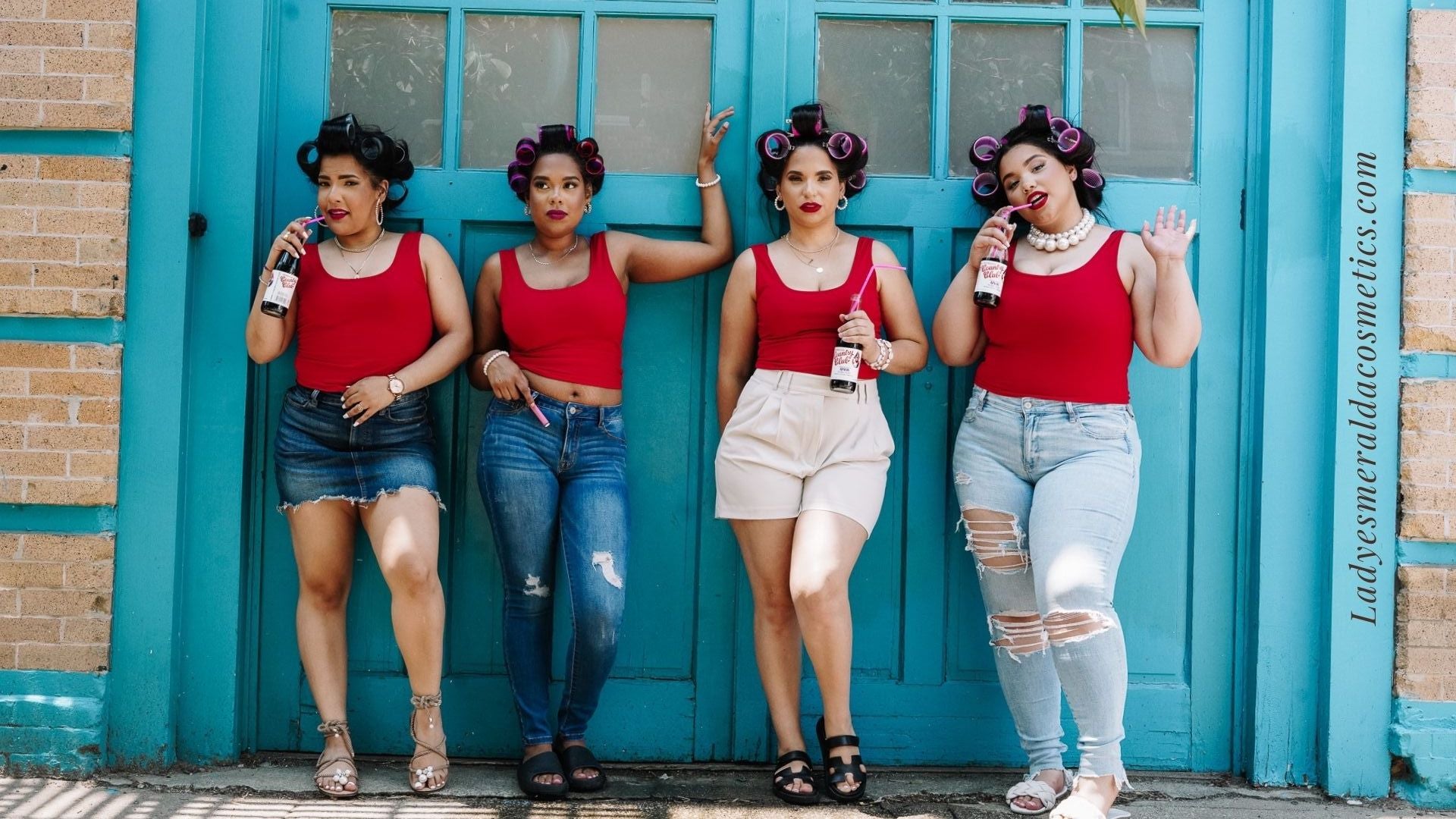

· By Angela Jimenez
The Role of Neighborly Bonds in Hispanic Communities
The Role of Neighborly Bonds in Hispanic Communities
In the blog post titled "The Role of Neighborly Bonds in Hispanic Communities," we explore the significance of neighborly bonds in Hispanic communities and how they contribute to the overall sense of community and well-being. We delve into the cultural values and traditions that foster strong relationships among neighbors, highlighting their impact on various aspects of daily life, such as childcare, food sharing, and support systems. Additionally, we discuss the positive effects of neighborly bonds on mental health, social integration, and the preservation of cultural heritage. Through personal anecdotes and research-backed evidence, we shed light on the importance of maintaining and fostering these bonds in Hispanic communities and how they can serve as a blueprint for building stronger communities worldwide.

Historical Context
Neighborly bonds have deep roots in Hispanic culture, stemming from a combination of indigenous and European traditions. In pre-colonial times, indigenous communities relied on collective cooperation and mutual support, which laid the foundation for neighborly bonds. The arrival of European settlers further influenced these bonds, as they brought their own traditions of communal living and interdependence. These historical factors continue to shape the strong sense of community seen in Hispanic neighborhoods today.
Community Support
One of the primary benefits of neighborly bonds in Hispanic communities is the support system it creates. Neighbors come together to share resources, help one another, and create a sense of belonging and security. From borrowing ingredients for a recipe to lending a hand with household repairs, these acts of kindness foster a tight-knit community where everyone looks out for each other. In times of crisis or hardship, neighbors rally together to provide assistance and support, reinforcing the importance of these bonds in times of need. Examples of community support activities can range from organizing neighborhood clean-ups to establishing community gardens where residents can grow and share produce. These initiatives not only strengthen the bond between neighbors but also contribute to the overall well-being of the community. By working together, Hispanic neighborhoods create safer and more prosperous environments for everyone.

Cultural Celebrations
Neighborly bonds play a crucial role in the organization and enjoyment of cultural celebrations within Hispanic communities. Festivities such as traditional dances, religious processions, and holiday gatherings are often collaborative efforts involving the participation of various neighbors. Whether it's organizing a street parade or preparing a communal meal, neighborly bonds facilitate the coordination and execution of these events. Through cultural celebrations, neighborly bonds also help to strengthen the cultural identity of Hispanic communities. By actively engaging in and preserving their traditions, neighbors ensure that their cultural heritage is passed down to future generations. These celebrations become an opportunity to showcase the richness and diversity of Hispanic culture, fostering a sense of pride and unity among community members.
Mutual Aid and Solidarity
Neighborly bonds in Hispanic communities extend beyond day-to-day interactions and celebrations. They also involve mutual aid and solidarity during times of crisis. In challenging situations such as natural disasters or personal hardships, neighbors come together to provide collective problem-solving and support networks. Pooling resources for emergencies or hardships is a common practice within Hispanic neighborhoods. Whether it's assisting with shelter, providing food and clothing, or offering emotional support, neighbors rely on one another during difficult times. This solidarity creates a safety net that ensures no one is left behind and showcases the strength of neighborly bonds in Hispanic communities.

Challenges and Changes
While neighborly bonds have long been a cornerstone of Hispanic communities, modern challenges and changes can pose threats to these relationships. The process of urbanization and modernization can lead to increased individualism and decreased community engagement. As neighborhoods become more diverse and transient, it can be challenging to establish and maintain strong neighborly bonds. Additionally, the generational gap presents a challenge in upholding these traditions. Younger generations may be more influenced by Western ideals of independence and self-reliance, which can lead to a decline in neighborly interactions. However, it is essential to adapt neighborly bonds to contemporary realities and find innovative ways to bridge this gap.
Conclusion
Neighborly bonds play a vital role in Hispanic communities, providing support, fostering a sense of belonging, and strengthening cultural ties. These bonds are rooted in historical traditions and continue to shape the fabric of Hispanic neighborhoods today. It is crucial to recognize the value of neighborly bonds and actively work towards preserving and strengthening them. By fostering neighborly bonds, Hispanic communities can set an example for building stronger communities worldwide. The sense of unity and support found in these neighborhoods offers valuable lessons in interconnectedness, compassion, and collective well-being. Let us celebrate and nurture neighborly bonds as a source of strength and inspiration for building harmonious communities.
Link to La Vecina (Neighbor) Collection:
https://ladyesmeralda.com/collections/la-vecina
Thank you for standing with us!